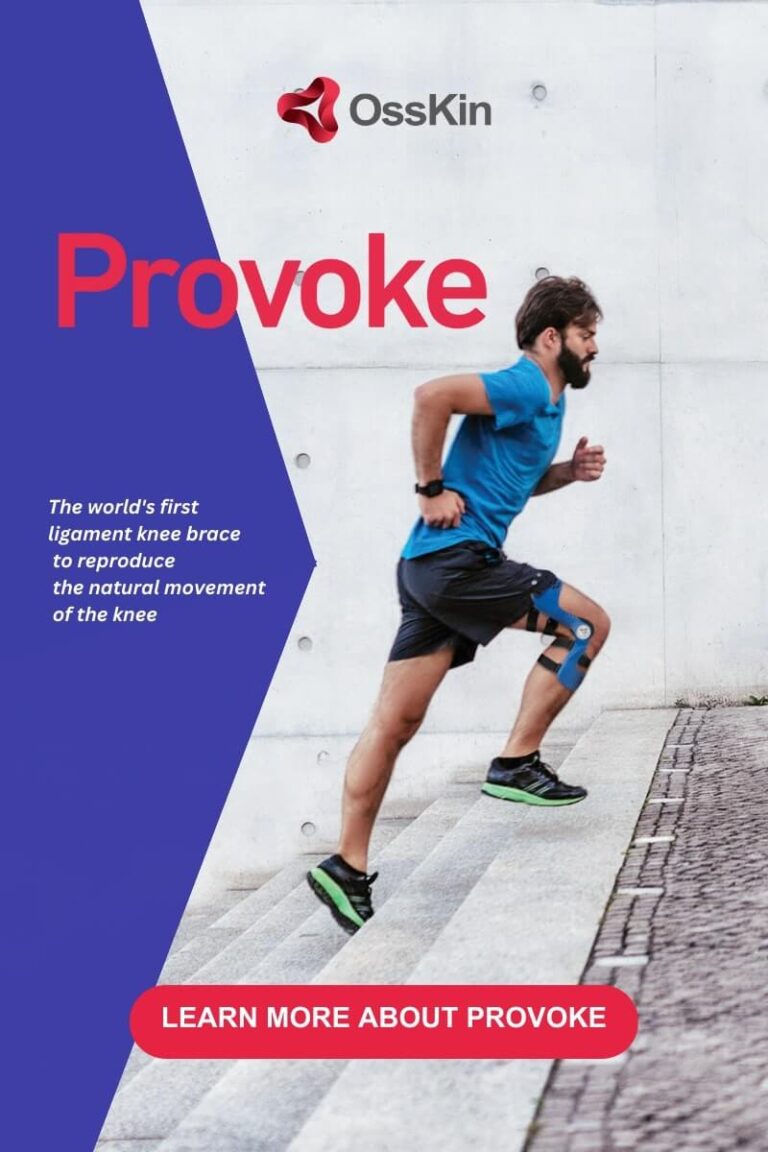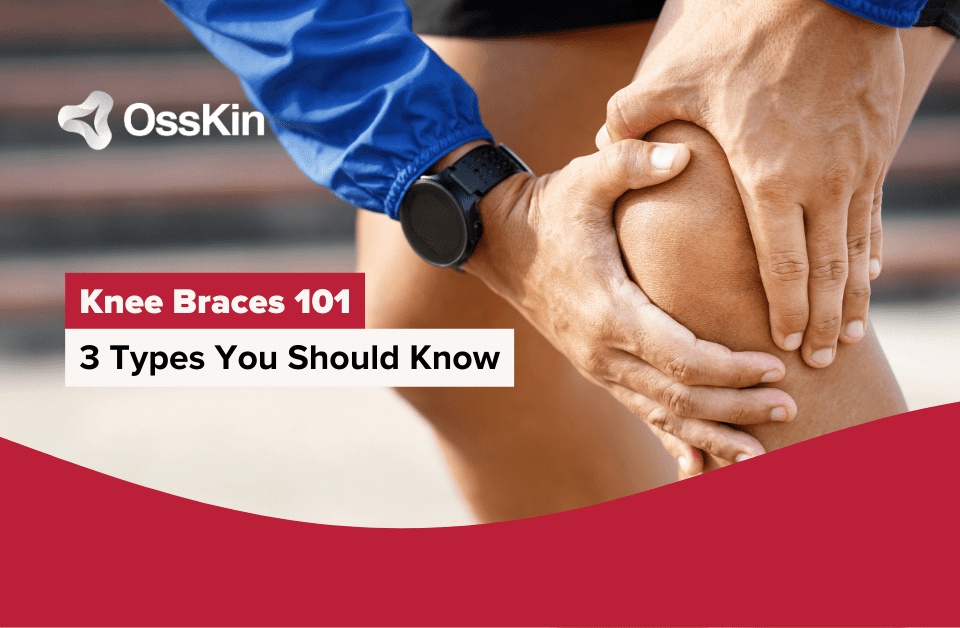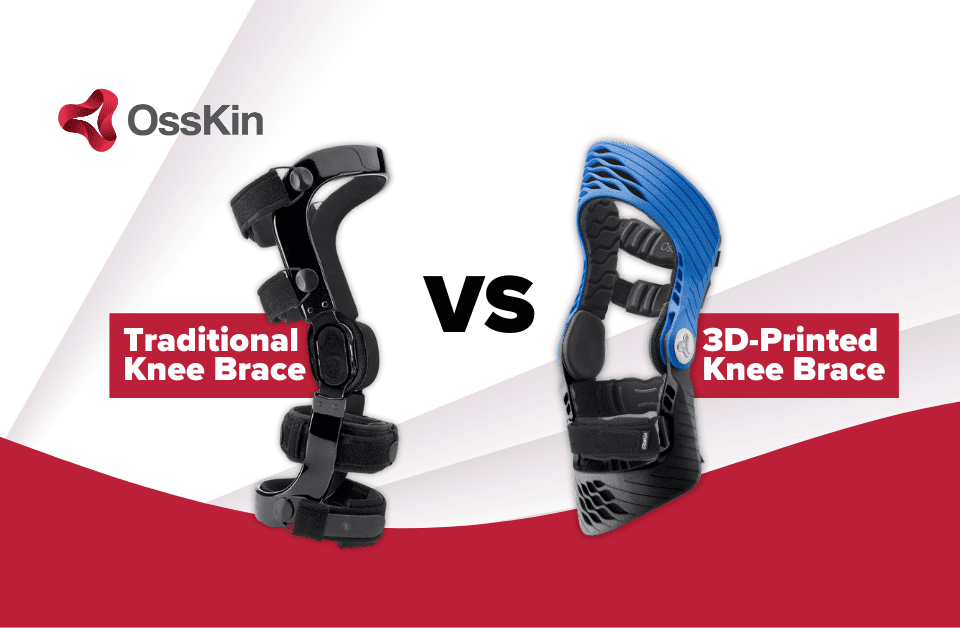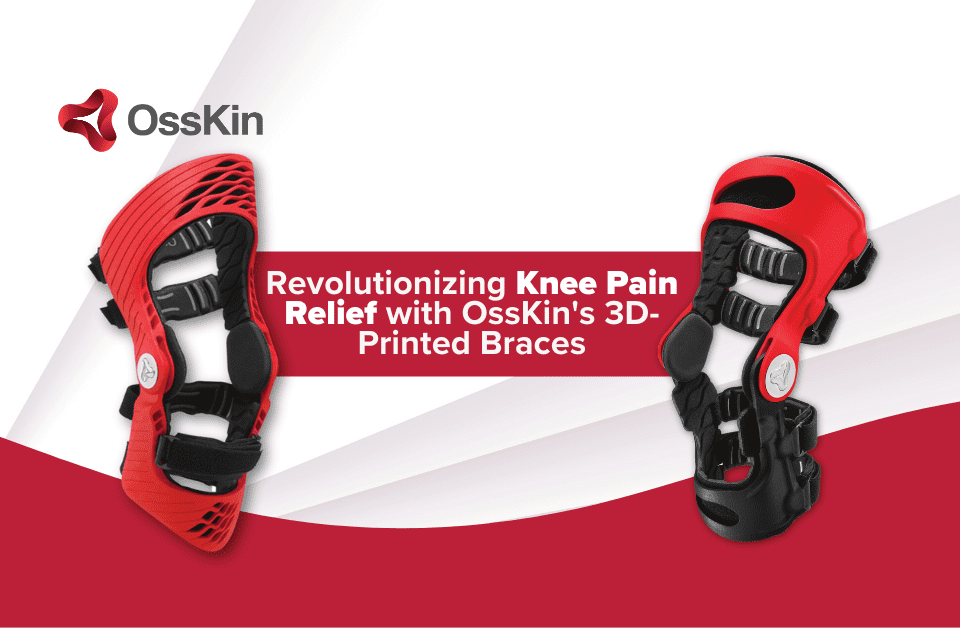
In the realm of sports and physical activities, knee injuries are an ever-present risk. Ligament injuries to the knee that can be debilitating, affecting not only an individual’s physical health but also their overall lifestyle and mobility. These injuries can result in long-lasting pain, reduced functionality, and a significant rehabilitation phase, often requiring a treatment plan to restore knee function.
However, in recent years, custom knee braces have gained prominence as a potential means of preventing injury risk and improving outcomes after ligament injuries. But can a knee brace prevent ligament injury?
Before exploring how knee braces may prevent ligament injuries, comprehending the characteristics and effects of these injuries is crucial. Ligaments are strong, flexible bands of tissue that connect bones to each other, providing stability to joints. The knee joint, with its intricate network of ligaments, is particularly vulnerable to injury.
The consequences of these injuries (and many others like the meniscus tears) can extend beyond knee pain and discomfort. They can disrupt one’s daily life, limit their physical activity, and necessitate costly and time-consuming rehabilitation. Therefore, it is essential to explore methods of preventing these injuries and, subsequently, their debilitating effects.
Preventing ligament injuries begins with a comprehensive understanding of the risk factors and movements that can lead to these injuries. In many cases, these injuries occur during high-risk activities such as jumping, pivoting, and rapid changes in direction. Additionally, improper technique, muscle imbalances, and inadequate warm-up routines can further elevate the risk of ligament injuries.
The importance of preventive measures cannot be overstated. Proper training, strengthening exercises, and warm-up routines are integral in mitigating the risk of ligament injuries. Athletes are often encouraged to undergo specific training regimens to strengthen the muscles around the knee joint and improve their proprioception.
While these measures are essential, functional bracing has emerged as a valuable tool for injury prevention, especially in cases where an individual is at a higher risk of ligament injuries.
Knee braces, specifically 3D-printed braces, are designed to provide additional support and stability to the joint mechanics. They are commonly used by individuals engaged in regular sports activities and those leading an active lifestyle, where the risk of ligament injuries to the knee is higher.
Functional knee bracing functions by constraining the knee joint’s excessive movement, thereby preventing it from adopting positions that are prone to ligament injuries.
Functional bracing can serve as a valuable adjunct to existing preventive measures, such as strength training and warm-up routines. Athletes with a history of knee injuries or those participating in sports that involve frequent pivoting, jumping, or sudden changes in direction often opt for knee braces to minimize the risk of further injuries.
Additionally, prophylactic knee braces can be especially beneficial for individuals with ACL-deficient knees. When an ACL reconstruction is needed, the knee loses an important stabilizing structure. A functional knee brace can help compensate for this loss of stability, allowing individuals to return to their activities with a reduced risk of further injury.
In recent years, technological advancements have led to innovative developments in the design and production of braces. One notable innovation is the use of 3D printing technology to create personalized, custom unloader knee braces.
These braces are tailored to the individual’s unique anatomy and specific needs, making them more effective in preventing ligament injuries.
3D printing technology allows for precise customization of knee braces. OssKin, a pioneering company in this field, employs cutting-edge techniques to create braces that fit perfectly, optimizing comfort and support. Through scanning an individual’s knee and generating a digital model, the brace can be precisely crafted to meet exact specifications.
The advantages of customization are significant. A personalized fit ensures that the ligament knee brace provides the necessary support where it is needed most.
This not only enhances the effectiveness of the brace in preventing ligament injuries, but also ensures that it is comfortable for the wearer during physical activity.
The correlation between a personalized fit and the effectiveness of injury prevention is a crucial factor in considering 3D-printed knee braces.
Unlike off-the-shelf braces, which come in standard sizes, a custom-fit brace aligns perfectly with the individual’s anatomy, ensuring consistent and reliable support. This precise fit not only reduces the risk of brace displacement during strenuous activities, a common concern with generic soft braces, but also enhances control over knee movement.
Furthermore, the comfort provided by a personalized brace encourages individuals to wear it consistently, increasing its effectiveness in injury prevention. Off-the-shelf rigid braces that do not fit well may be uncomfortable, leading individuals to forego their use when needed the most.
When selecting a knee brace with a focus on injury prevention, several key factors come into play. Activity level, previous injuries, and the specific ligaments at risk are essential considerations.
The selection of a knee brace should be guided by individual needs and circumstances. The advancement of 3D printing technology allows for a highly personalized approach to brace design, maximizing their effectiveness in preventing ligament injuries.
The question of whether a knee brace can prevent ligament injuries is not a straightforward one, as its effectiveness depends on several factors.
Knee braces, particularly functional knee braces, play a valuable role in reducing the risk of ligament injuries in high-impact sports and activities. This specific type of knee brace can improve everyday mobility.
They offer additional support and stability to the knee joint and the global postural control, limiting its movement in a way.

Share on



OssKin © 2024